Difference of characteristic flavor and taste between Yega Xuefei and Sidamo coffee beans in Ethiopian coffee producing area
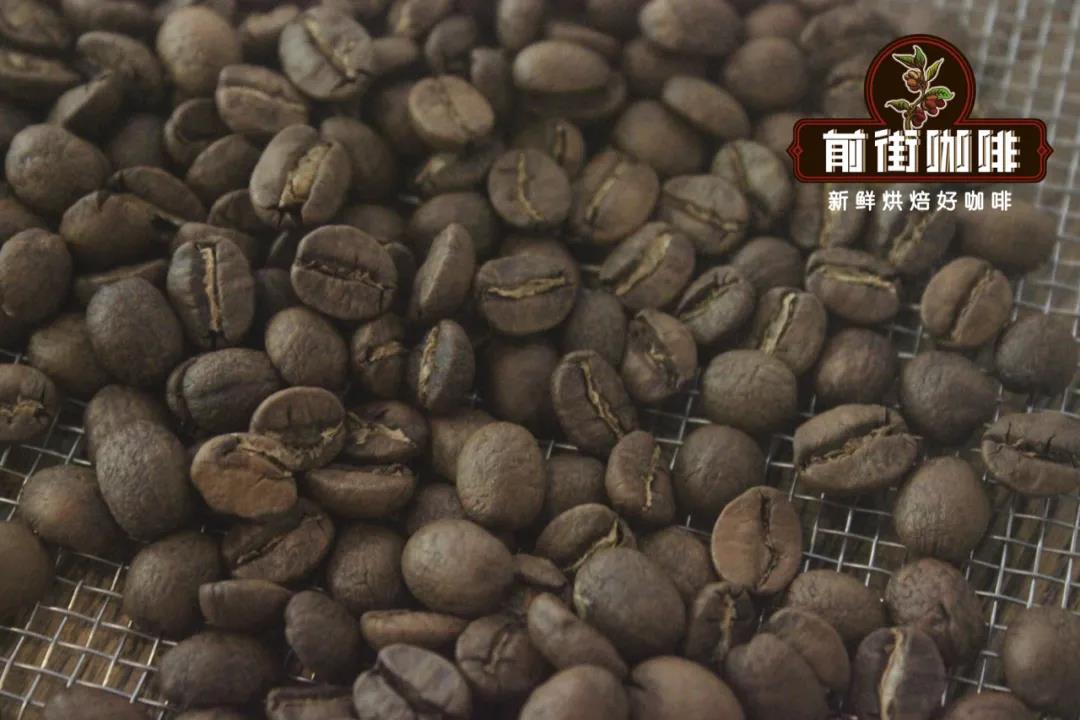
Professional coffee knowledge exchange more coffee bean information please follow the coffee workshop (Wechat official account cafe_style)
With regard to the boutique coffee-producing areas in Ethiopia, people did not hesitate to mention the difference between Yega Xuefei and Sidamo. This time Qianjie Coffee is here to talk about the difference between Yega Xuefei and Sidamo.
Yejia Xuefei boutique coffee producing area
The most famous producing area is Yega Xuefei. Yega's citrus flavor and light floral fragrance have become coffee beans for many partners who have just come into contact with individual coffee. What is interesting is that Yega Xuefei has a coffee species named "Kurume", which refers to the coffee varieties in this region after a long period of regional climate, soil and other environments. This also fully represents the flavor of Yejia Xuefei.
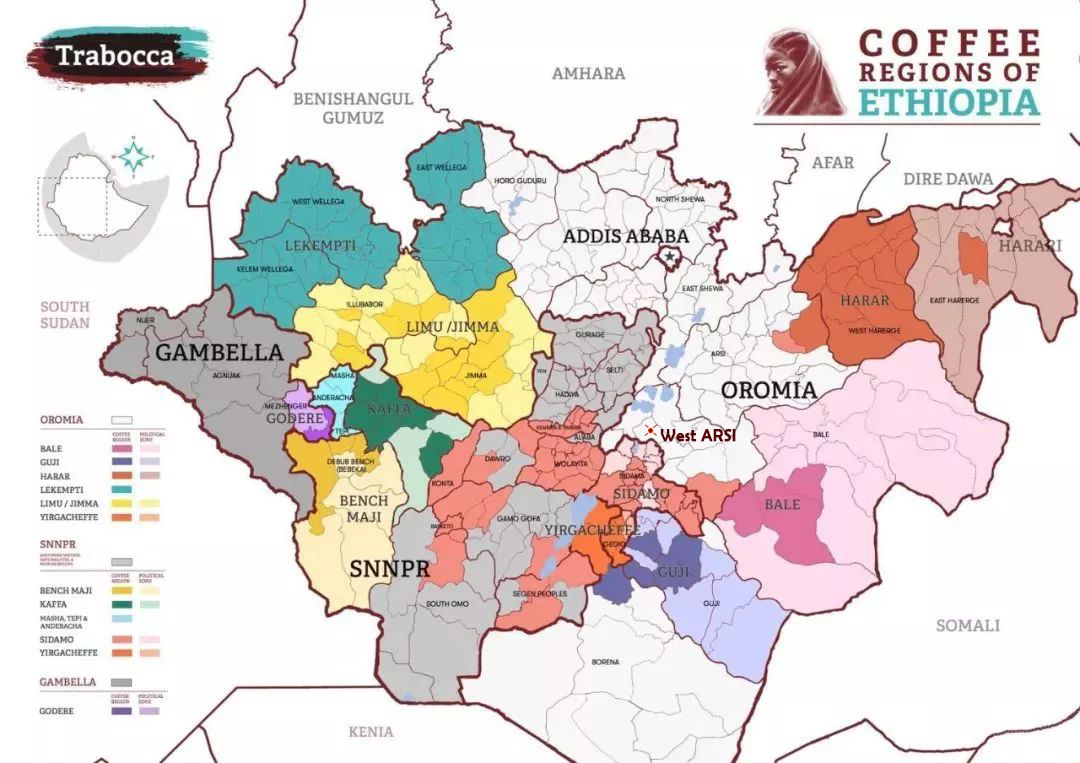
Yega Xuefei, located in the northwest of Sidamo, once belonged to the large producing area of Sidamo, and finally became an independent producing area because of its outstanding flavor. In fact, if you look at the map, you can see that Yejasuefi is just a small town for Ethiopia, but for Ethiopian coffee producing areas, the Yega Sheffield coffee producing area is not limited to the town of Yegashefi. The Yejashafi coffee producing area includes legal areas such as Vanago, Yegashefi, Kochel and Jinrena Ambaya.
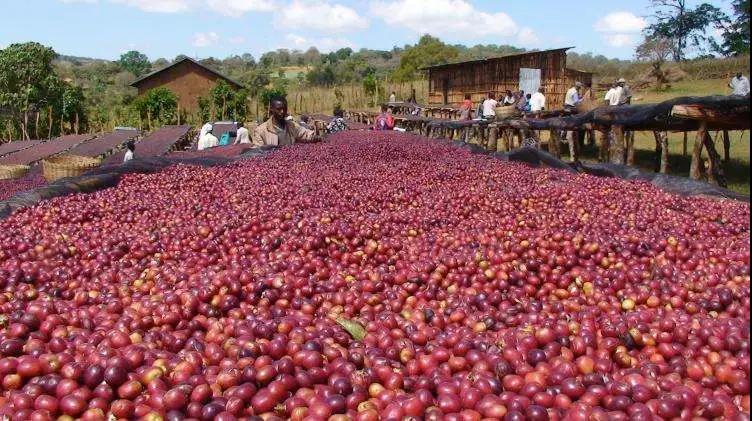
The coffee producing area of Yega Xuefei is generally about 2000 meters above sea level, which is worthy of the name of high altitude and high altitude, which makes it a unique producing area for coffee cultivation. In addition to the high altitude, the Yejashafi coffee producing area has abundant precipitation, fertile soil, cool and comfortable climate, which is the favorite environment of Arabian coffee beans. It can be said that Yega Sheffield is a treasure land of flavor.
As one of the most outstanding representatives of the Yejashafi producing area is the coffee produced by the Gottingtin Cooperative.
Qianjie Coffee Ethiopia Yega Xuefei Fruit Tintin
Producing area: Yega Xuefei Gedeo Zone producing area
Producer: Guoding Dingding Cooperative
Altitude: 1900-2300m
Variety: native species (Heirloom)
Treatment: sun treatment
Grade: G1
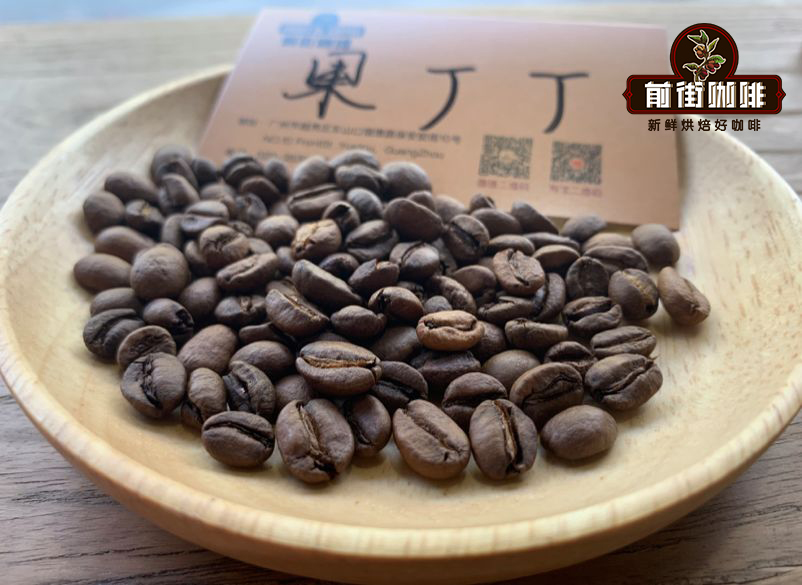
The Yega Sheffield Guoding Cooperative, located in the Waka producing area at the southeast end of Yega Sheffield, was originally part of the Waka Cooperative under the YCFCU of the Yega Sheffield Alliance. Later, with the pursuit of traceability of raw coffee beans, the "single producing area" was excavated by coffee hunters all over the world.
In 2012, Guodingding, which has about 300 farmers, independently set up the "Guodingding Cooperative". Guodingding Village was the first independent village area, and many small farmers were also members of the Waka Cooperative, so the technology of producing coffee was not to mention. The main treatment methods of Guodingding cooperative are washing and sun treatment.
You can feel citrus and black tea in Qianjie coffee. With the change of temperature, cream, caramel and almond are obvious and taste clean and sweet.
Sidamo boutique coffee producing area
The Sidamo producing area, which is 1400-2200 meters above sea level, is a famous boutique coffee area in southern Ethiopia, bordering Kenya. The washed Sidamo is light green, the beans are small, the growth is oval, the fruit is full, the average quality is good, the smell is fragrant and mellow, a drop of entrance, endless aftertaste, with wild beauty.
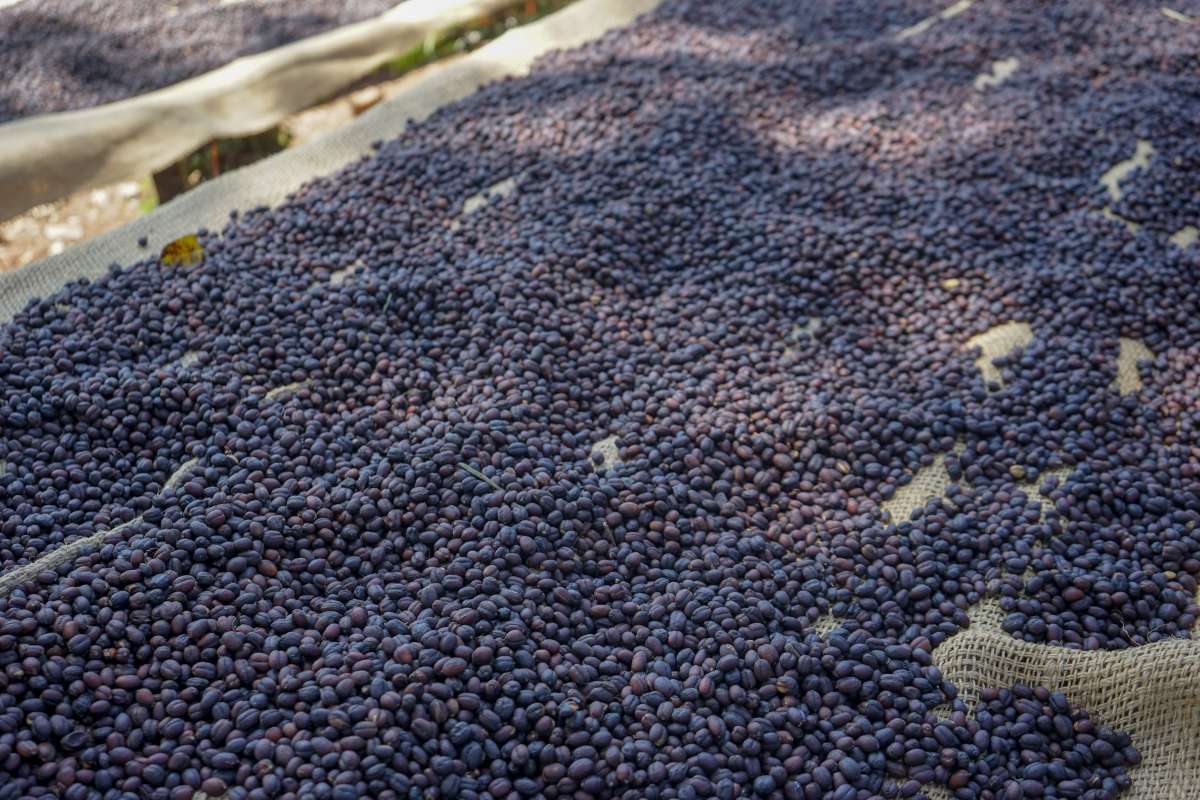
The coffee flavor of Sidamo is very diverse, with different soil types, microclimate and countless native coffee species, which make the coffee produced in cities and towns have obvious differences and characteristics. In 2010, Murray 2012, it continuously obtained the high score of CR92--94, the authoritative coffee evaluation website in the United States. Thus it can be seen that the raw beans in this area are extraordinary. The territory has towering mountains, highlands, plateaus, valleys and plains, with diverse topography. The geology of the area belongs to fertile, well-drained volcanic soil with a depth of nearly two meters and a dark brown or brown surface soil. The biggest advantage of the area is that the soil fertility is maintained through the circulation of organic matter, using the withered leaves of the surrounding trees or the residual roots of the plants as fertilizer.
Qianjie Coffee Ethiopia Sidamo Arsi
Producing area: West Dharma, West Alsi
Altitude: 1900-2200m
Variety: native species
Treatment method: sun treatment
Grade: G1
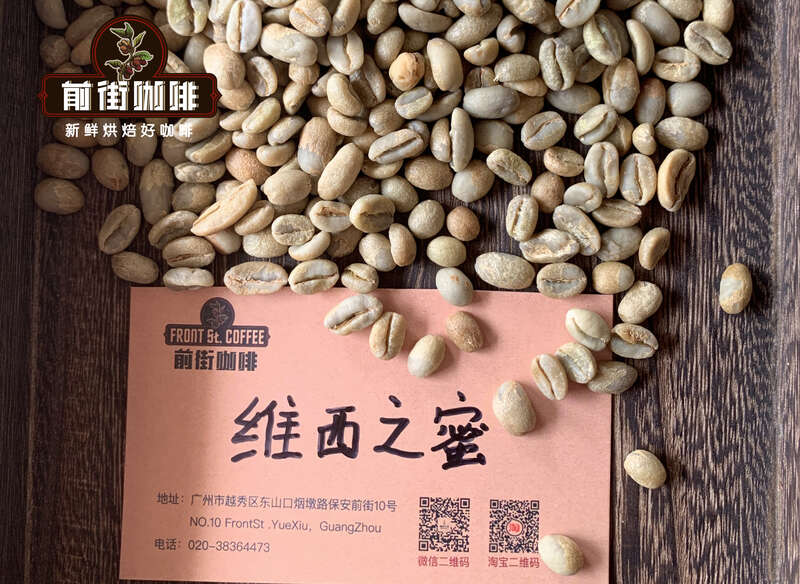
West ARSI is located between the famous Yirgacheffe coffee growing area and Haller Hararge, in the eastern part of the Sidamo region, at an altitude of 1900-2200 meters. Thanks to the high altitude and fertile soil, coupled with traditional green organic cultivation, the coffee produced is rich in tropical fruit flavors and sweet by using the withered leaves of surrounding trees or plant roots as fertilizer.
Coffee cultivation in West Alsi is based on a smallholder model, and the average smallholder farm is not large, about 2-3 hectares, but even so, they tend to be slightly larger than the usual 1.5-2 hectares in most parts of Ethiopia. Although the current coffee planting technology is still in the stage of development, compared with other producing areas, the development of coffee planting technology in West Alxi is very fast. Coffee farmers do not need to hire temporary or full-time workers, but choose coffee with the help of their families. This allows them to better control the quality of coffee, and processing stations usually pay extra for ripe red cherries, greatly increasing the enthusiasm of coffee farmers.
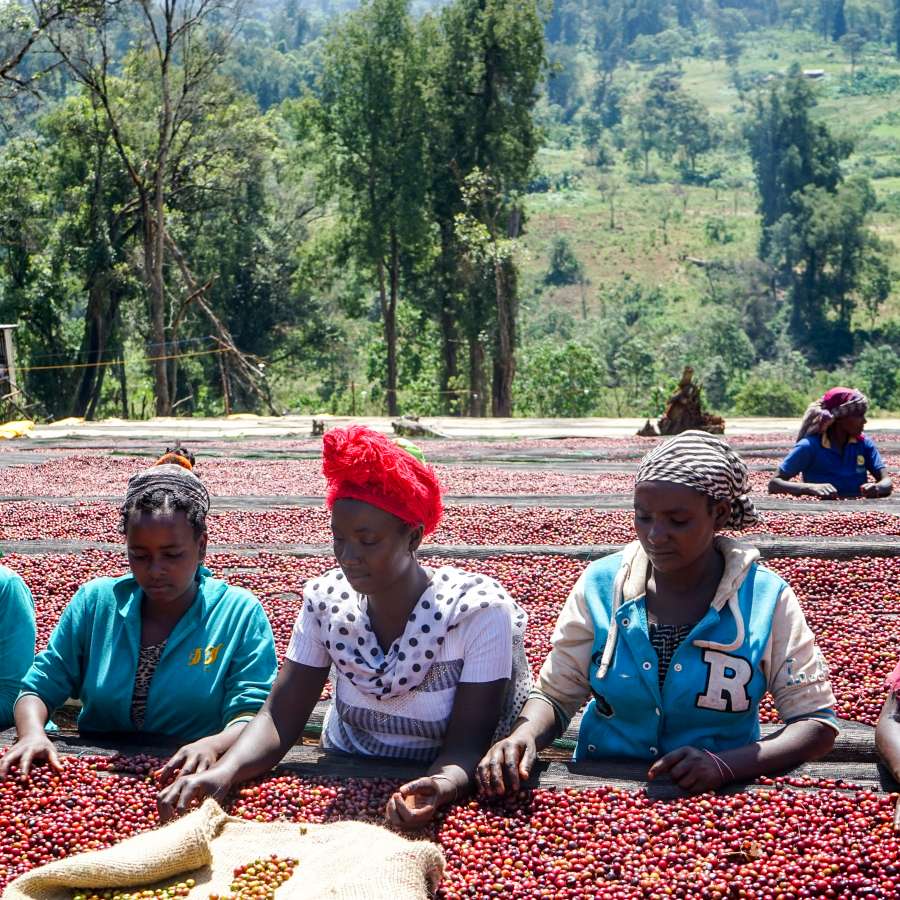
The Sidamo Arsi coffee in front street can make you feel the sweetness of berries, honey and cranberry jam, full of fruit flavor.
Roasting Analysis of Qianjie Coffee
Qianjie bakers believe that these two varieties are high-quality Ethiopian coffee beans. Yega Xuefei fruit Tintin retains the unique floral aroma of the producing area, citrus fruit notes and the sweetness of Cedamo Alsi berries and honey, respectively. Two custom light baking curves have been developed respectively.
Yejia Xuefei fruit dingding: using Yang 800N, bean quantity: 480g: furnace temperature to 175C ℃ into the pot, throttle open 3, firepower is 120; tempering point 1140℃, firepower remains unchanged, throttle opens to 4; at this time the bean table turns yellow, the smell of grass completely disappears, entering the dehydration stage, when firepower drops to 100176 ℃ at 166℃, the firepower drops to 80, and the throttle remains unchanged. The smell of toast obviously changes to the smell of coffee, which can be defined as a prelude to an explosion. At this time, it is necessary to listen carefully to the sound of the explosion point. When the sound of the explosion starts, adjust the throttle to 5 (the tuning power should be very careful, not so small as to be so small that there is no burst sound). After an explosion, the development of 1 cup 39th 30 ", 193.5 ℃ into the pot.
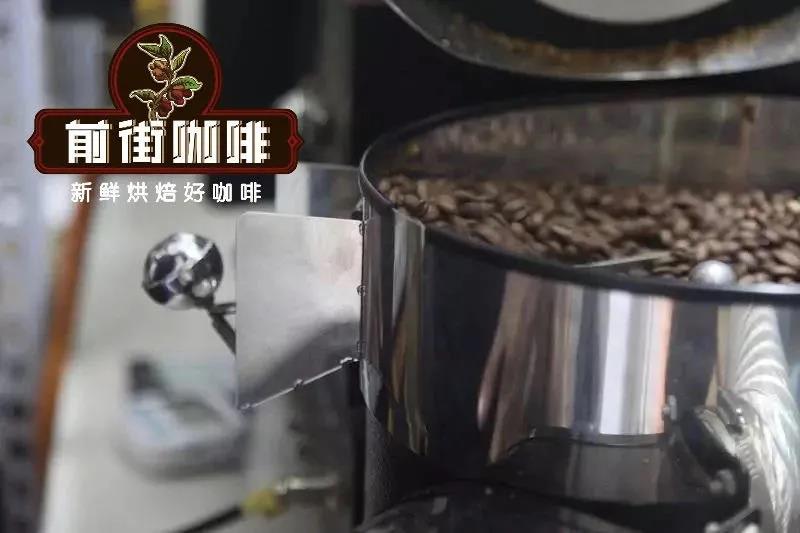
Cedar MoAlsi: Yang family 800N semi-direct fire, baking quantity: 480g. The furnace temperature is 170 ℃, the firepower is 130, the throttle is set up 3; the temperature recovery point is 1: 39: 32 ", when the furnace temperature is 100.2 ℃, the firepower is unchanged; the baking door is adjusted to 4pm in 3 minutes and the firepower is increased to 140min. When the furnace temperature is 150.5 ℃, the bean table turns yellow, the smell of grass disappears completely, and enters the dehydration stage. When 8 minutes 39 hits 36 ", the bean surface appears ugly wrinkles and black markings, and the taste of toast obviously turns into coffee, which can be defined as a prelude to an explosion. At this time, you should listen clearly to the sound of an explosion point, to 9 minutes after the development of 30 seconds, 192.5 ℃ under the beans.
Suggestion on brewing coffee in Qianjie
Filter cup: V60 # 01
Water temperature: 90-91 degrees Celsius
Powder content: 15g
Ratio of powder to water: 1:15
Degree of grinding: BG6m/ fine sugar size (20 sieve bowl sieve powder to 80%)
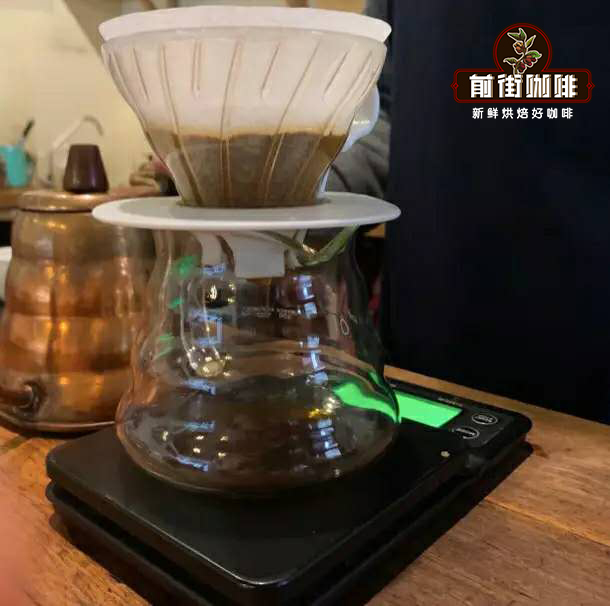
Qianjie cooking technique: the first section is filled with 30 grams of water for 30 seconds, then 95 grams (about 125 grams shown by the electronic scale) is injected, and the injection is completed in about 1 minute. When the water level drops to 2 grams in the powder layer, the remaining 100 grams (about 225 grams shown by the electronic scale) are injected in about 1 minute and 35 seconds. 2: 10 "trickling is completed, remove the filter cup and complete the extraction.
For more boutique coffee beans, please add private Qianjie coffee on Wechat. WeChat account: kaixinguoguo0925
Important Notice :
前街咖啡 FrontStreet Coffee has moved to new addredd:
FrontStreet Coffee Address: 315,Donghua East Road,GuangZhou
Tel:020 38364473
- Prev
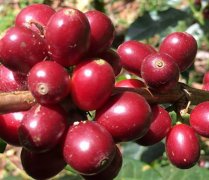
Professional baking Yega Xuefei and cooking tutorials baking techniques and baking curves
The exchange of professional baristas please pay attention to what Taguchi Taguchi mentioned in the "Collection of Fine Coffee" by the coffee workshop (Wechat official account cafe_style). In category c coffee, the most suitable roasting degree for Ethiopian Yejasuefei is medium depth, which is also in line with his concept in systematic Coffee that thick, fleshy beans from medium and high production areas are suitable for medium roasting. According to the Japanese coffee master
- Next
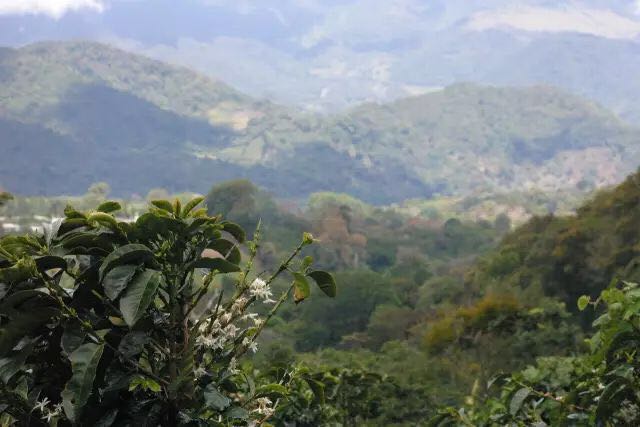
Panamanian Flower Butterfly | Coffee Workshop study Room
Panama is a Central American country bordered by Costa Rica to the west and Colombia to the east. Anyone who knows anything about individual coffee should know that Panamanian coffee is famous in the coffee world as the geisha Geisha (the name of Rosa) in the Emerald Manor. It can be said that it is a country that strives for excellence in coffee and is rich in high-quality coffee. Panamanian coffee is famous for the rosy summer of the Emerald Manor, while
Related
- Does Rose Summer choose Blue, Green or Red? Detailed explanation of Rose Summer Coffee plots and Classification in Panamanian Jade Manor
- What is the difference between the origin, producing area, processing plant, cooperative and manor of coffee beans?
- How fine does the espresso powder fit? how to grind the espresso?
- Sca coffee roasting degree color card coffee roasting degree 8 roasting color values what do you mean?
- The practice of lattes: how to make lattes at home
- Introduction to Indonesian Fine Coffee beans-- Java Coffee producing area of Indonesian Arabica Coffee
- How much will the flavor of light and medium roasted rose summer be expressed? What baking level is rose summer suitable for?
- Introduction to the characteristics of washing, sun-drying or wet-planing coffee commonly used in Mantenin, Indonesia
- Price characteristics of Arabica Coffee Bean Starbucks introduction to Manning Coffee Bean Taste producing area Variety Manor
- What is the authentic Yega flavor? What are the flavor characteristics of the really excellent Yejasuffi coffee beans?

